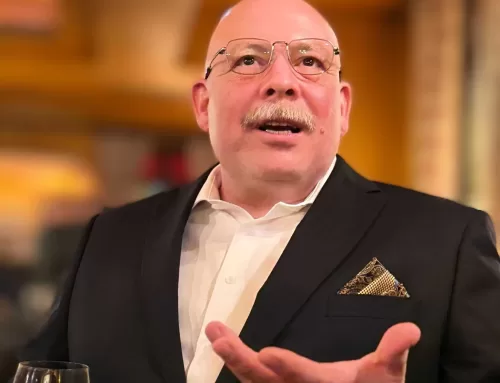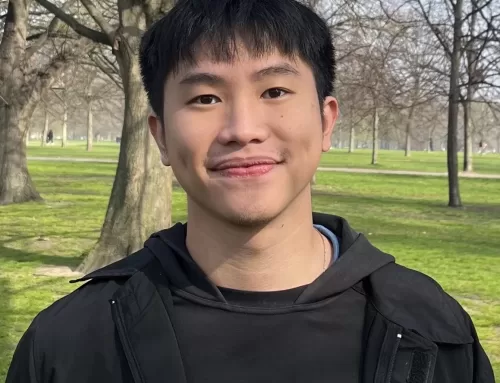One of the things that we Houston Foresight grad students do as we wrap-up our degree work in Pro-seminar is deeply explore the futures field. At this point most of us have worked on multiple projects, some for real clients. We have examined theory, methods, and modes of practice. Ultimately we have to come to our own understanding of the field and our role within it. The question that we confront is:
of the things that we Houston Foresight grad students do as we wrap-up our degree work in Pro-seminar is deeply explore the futures field. At this point most of us have worked on multiple projects, some for real clients. We have examined theory, methods, and modes of practice. Ultimately we have to come to our own understanding of the field and our role within it. The question that we confront is:
What is a professional futurist, and what is foresight?
Perhaps the best analogy is to historians and history. Historians and Futurists trade in the same coin: change. Historians study past change. They sift through remnants of the past to understand what changed and why. Futurists deeply examine the systems of the present looking for early indicators of change to understand, map, and influence probable futures. Futurists study future change.
Historians transform into Futurists and vice versa just by changing the direction we look: past versus future. Historians sift through past evidence to construct coherent stories of how history came to be, and thus derive understanding from it. Futurists sift through current signs of emergent change to create coherent stories about how the future might come to be, and thus give us foresight into ways we might influence it. Futurists, like Historians, typically deal in a narrow scope to create more certainty. Historians study many aspects of history. Futurists study many possible futures.
There is one key difference between History and Foresight, though. Historians cannot influence the past, but Futurists can influence the future.
So how do Futurists influence a future that they can’t possibly predict? First, they start by admitting that prediction is impossible. Futurists deal in forecasts about what is likely to change and how, not what will change.
Different futurists favor different methods for identifying, understanding, and influencing probable futures. Most can be broken down into the following activities: Framing, Scanning, Futuring, Visioning, Designing, and Adapting:
Framing – Identify the purpose, scope, key uncertainties, and questions within a specified domain of interest.
Scanning – Research past changes and present state across the scope of the domains of interest. Scan for weak signals of emergent change that could alter the current directions of anticipated changes.
Futuring – Forecast scenarios based on findings from scanning. Techniques typically include baseline & alternative scenarios, archetypes of change, and scenarios based on key uncertainties. Establish criteria for identifying plausible and probable futures, along with key change indicators for each. Develop scenario implications (1st, 2nd, 3nd order, & beyond) resulting from the interactions of changes with the domain.
Visioning – Identify preferred futures from scenarios and implications. Create vision and measurable goals which lead to the preferred future.
Designing – Design strategic processes for identifying actual rate and direction of emerging changes. Determine strategies to influence changes towards preferred futures, and mitigate any unfavorable implications.
Adapting – Monitor, manage, and adapt to changes as they emerge based on foresight-driven strategies and vision.
The field of Foresight goes beyond the framework above. Futurists frequently use alternative approaches such as Causal Layered Analysis, systems thinking, social change theories, values & worldview mapping, Post-structural analysis, and more.
Ultimately, Futurists are directed at one goal: help people think clearly about change. The more individuals, groups, corporations, and governments pay serious attention to change, the more prepared they will be no matter which future unfolds.




